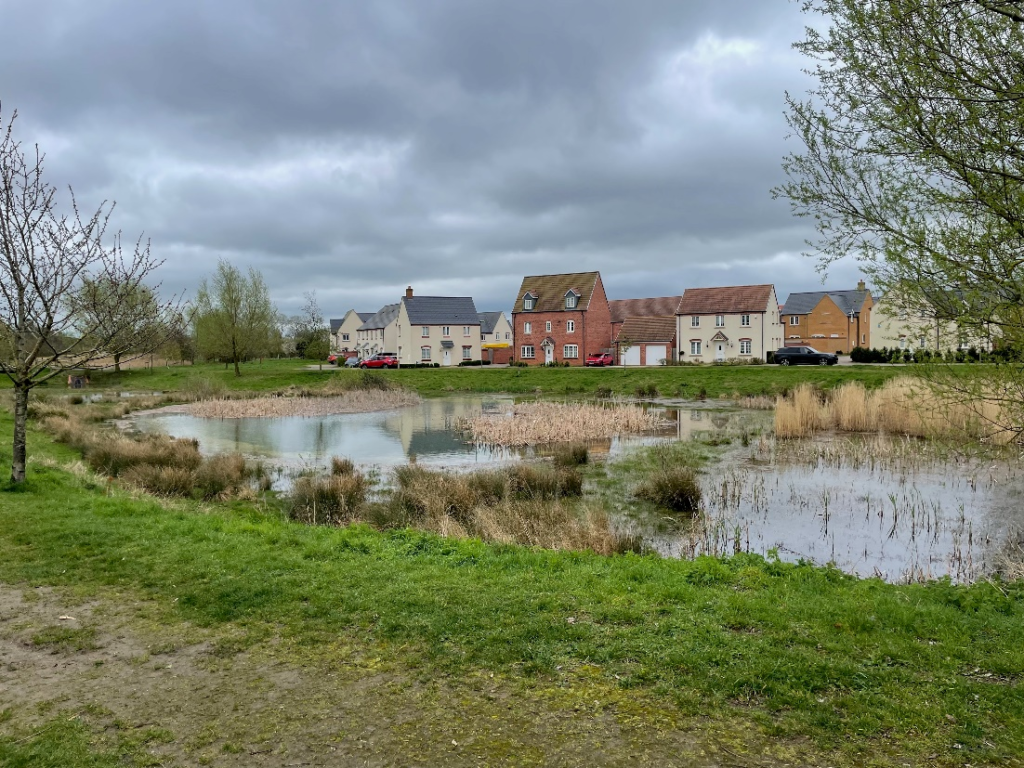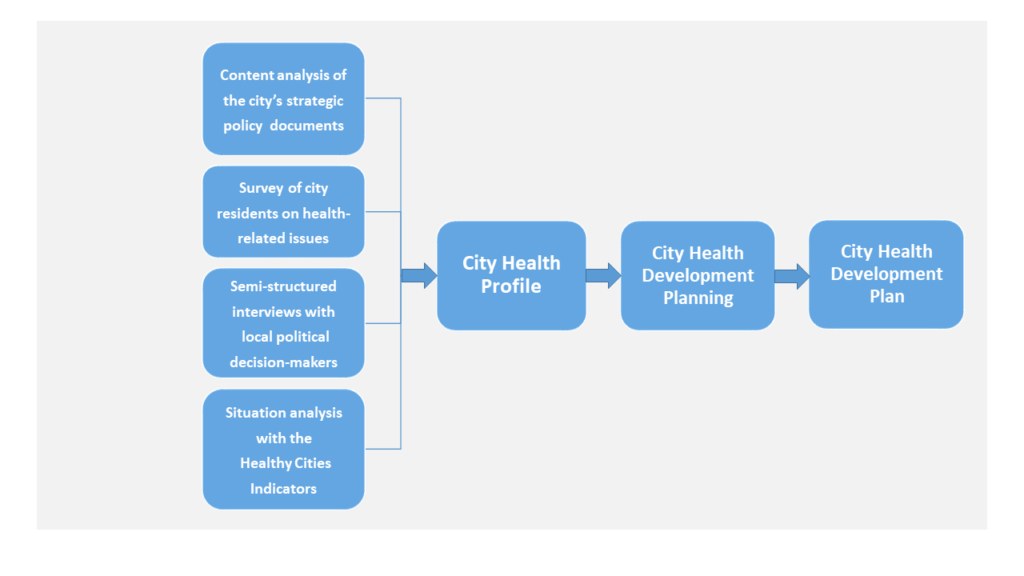City Know-hows

Building place attachment and sense of community through design can improve community well-being, yet reviews on this topic are lacking. This manuscript presents a systematic review of the links between pedestrian designs and place attachment and sense of community, and also highlights several health equity considerations to encourage new ideas about inclusive and healthy urban design practice and study.
Share
Target audience
Urban planners, public health practitioners, landscape architects
The problem
Despite the many health and quality of life benefits that are often linked with pedestrian urban designs, reviews of the social health implications of these designs are sparse. Currently, no reviews have documented and assessed the literature exploring the relationship between pedestrian urban designs and place attachment and sense of community, or the extent to which equity considerations (e.g., reports on age, sex/gender, ethnic background, social class etc.) have been assessed.
What we did and why
We wanted to explore the extent to which pedestrian urban designs are linked with positive or negative reports of place attachment and sense of community, as well as explore equity considerations within this literature. Being able to review this literature can inform researchers about the state of the evidence and areas for future study, encourage interdisciplinary collaborations, as well as suggest best practices for urban planners and public health practitioners.
Our study’s contribution
Our review highlights that the overall quality of evidence regarding studies of the relationship between pedestrian urban design and place attachment and sense of community is quite weak; there is a need for more rigorous study on this topic.
Impacts for city policy and practice
Findings from the review have implications for environmental design interventions, policies, and initiatives to promote community health, including:
• Social and site maintenance (e.g. building garden beds), programming associated with gathering spaces (e.g. community gardens), can support positive attachments and relations among older individuals.
• Combining socially-oriented interventions like social prescriptions with currently underused or planned pedestrian spaces could be a potential strategy to support communal social well-being through building attachments and connections.
Further information
Full research article:
Place attachment and sense of community in natural and built pedestrian spaces: an equity-informed systematic review by Adrian Buttazzoni & Bridget Irwin.
Related posts

Providing access to greenspace is insufficient in ensuring that positive benefits are realised. Critical characteristics may distinguish between those spaces that encourage people to visit them and those that are uninviting. This article provides a case study of a residential urban extension in one of the UK’s ‘Healthy New Towns’.

Apartment kitchens need to be better designed to support healthy food practices.

Let’s make our cities health-supporting settings! Hungarian members of the WHO European Healthy Cities Network have developed a city health planning methodology based on two decades of fieldwork. It offers a solution for health experts and decision-makers to bridge the gap between local health needs and challenges in implementing community health initiatives.